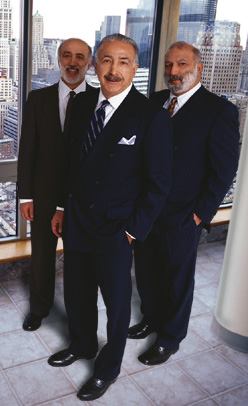Deal with Residents Rockrose had more problems than just cleaning up the buildings. Because the buildings were evacuated, it gave residents a rent credit for the time that they were not allowed in their homes – which equaled a considerable amount of lost rent. On average, it took residents two weeks to a month to return to their units, says T. Elghanayan.
It also was hard to get residents back into their homes because the city and state were telling them that the air quality was OK, but news reports were saying the opposite. As a result, some residents didn’t return.
“Some residents said they were not coming back, no matter what. Some residents came back, but they didn’t come back when the government said it was OK to come back,” explains T. Elghanayan.
Rockrose decided that if its residents didn’t want to return, the company was not going to force them to do so or hold them to their leases. “We gave them back their security deposit and that was it,” says. T. Elghanayan. Rockrose could have held its residents to their leases, but realized that it wouldn’t be worth the cost or the bad press.
“We took a tremendous amount of financial beating and we have had to carry vacancies,” says T. Elghanayan. “We have tremendous vacancies (12 percent to 20 percent) and on top of that, the residents are negotiating with us for rent reductions. We gave everyone a rent reduction between 15 percent and 25 percent.”
While Rockrose never expected a terrorist attack, it has always viewed future projects with a doomsday scenario, explains T. Elghanayan. “We ask ourselves, ‘If everything goes south, do we have the financial resources to see this project through to the end?'” he says.
Luckily, the owners have watched their pennies, he says. “We progressed in a very sensible way. We didn’t bite off too much. We gradually moved up the ranks of doing deals, and we were always very hands on,” says T. Elghanayan. Rockrose has grown carefully and put its profits back into the business, explains T. Elghanayan.
Knowing its business and watching its pennies enables Rockrose to build its new developments with cash. The transactional cost of getting construction financing is very expensive, explains T. Elghanayan. “You have to pay legal closing costs, points to the bank, brokerage fees and you only hold the money for a short period of time,” he says.
So, the company analyzed the cost of doing construction loan financing vs. using its own funds. Now, when a building is finished, leased up and has an operating history, the company puts a permanent mortgage on the property, says Singer.
